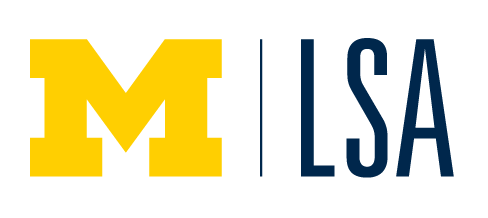I just finished a site visit with my coworkers today. We went to one of our past graduate’s fashion businesses BeHer, a boutique store aimed to empower women. It is a very meaningful experience. For me, I learned why neighborhood and economic development organizations have been so attentive on sending business into physical locations despite the pandemic and booming internet marketing: It really has a significant community impact. Businesses with brick-and-mortar location could generate foot traffic and activate the space in a running down neighborhood with many vacant properties.
Another aspect of my work is help visualizing our lending data. I am super excited to find my skill helpful for my org. I have been doing spatial and timeline visualization. There aren’t many actionable insights from those graphics (since our organization has been mindful on making our beneficiaries not too concentrated in one place), but it did give us some concepts of the commonalities of our borrower. One thing I noticed is that people with lower income or unreported credit score have lower chance of getting loans. I am sure as a lending institution it is justified that those factors should be taken into account, but I am not sure if that indicate that we are somehow also trapped in some systemic inequity.
For the next few weeks (Phew can’t believe we are more than halfway through it) we will also conduct some more in-depth interviews with our team members. I think their story could be fun too. I for one really want to learn how the economic development ecosystem works, as we are currently going through a fellowship program proposal that would require outreaches to our peer institutions to build up support. As I mentioned in my previous posts, navigating available business assistance sources, from the shoes of entrepreneurs, is a burdensome and uncertain process in its own. I would also love to learn how we helped prospective entrepreneurs ease into this landscape.


